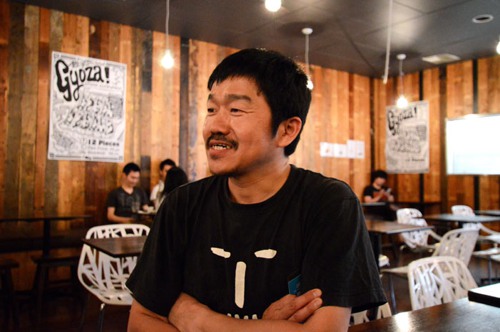09 Jan 2013
“The disaster did not break the spirit of the people; its community and the culture are alive and waiting”.
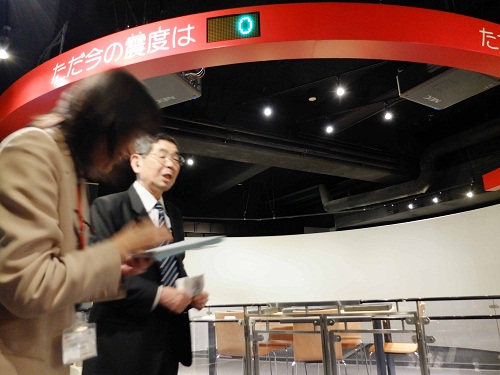
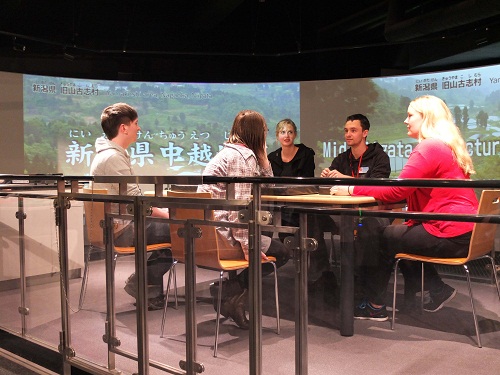
Ikebukuro Life Safety Learning Centre
The Ministry of Foreign Affairs of Japan offered the opportunity for Australian and New Zealand students to travel to Japan for 10 days, 9th December to 18th of December 2012, in order to experience Japan’s current situation and its culture. The project was introduced as part of the recovery plan of Japan after the 2011 earthquake disaster.

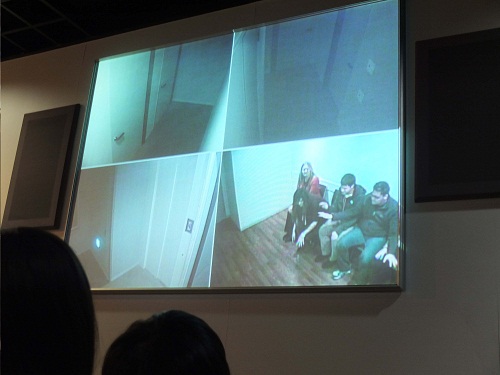
Earthquake and fire simulation
The first programme was at the Ikebukuro Life Safety Learning Centre, where we witnessed footage from the 2011 earthquake and also took part in simulations. Our group was shown what to do should an earthquake occur and felt what earthquakes up to magnitude 7.2 felt like for 30 seconds. To us, it was just a simulation, but to the Japanese people in 2011, it was all real and I could not imagine that for them, the shaking lasting up to 3 minutes. The final simulation we ran through was a fire/smoke simulation. Due to earthquakes, fires may occur and we learnt a few simple steps to minimize smoke.
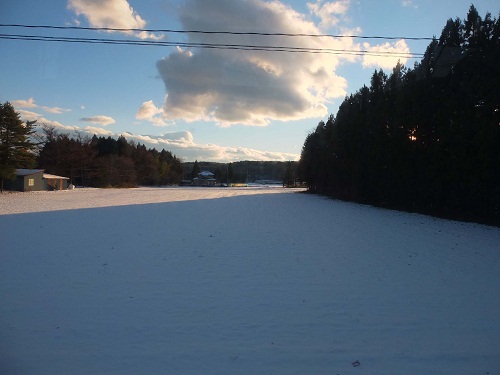
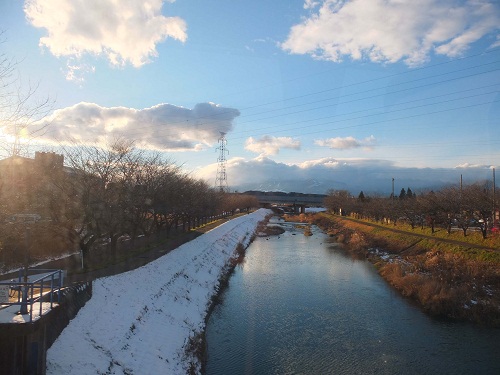
Minami-Aizu
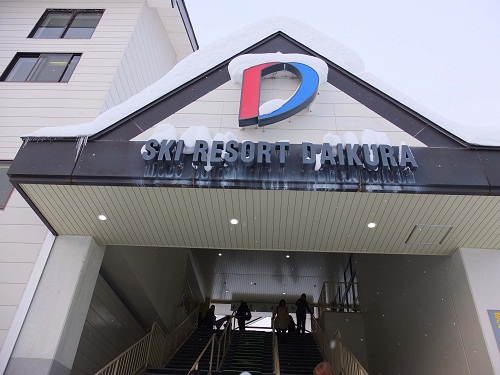
Ski Resort Daikura
For the next few days, our group moved into Fukushima Prefecture in Minami-Aizu, over 100km away from the Fukushima Dai-ichi plant. My pre-conceptions of Fukushima Prefecture was that it was suffering entirely from high radiation levels. However, it is due to these pre-conceptions and rumours that were influenced by mass media that have caused many Japanese citizens in the area pain. Though when we arrived, all we could see was the beauty of the area, clean air and snow everywhere. We stayed at the Ski Resort Daikura, where we learnt that since the earthquake, they have had over 20,000 booking cancellations due to radiation fears. Like Daikura, other businesses are suffering from the lack of tourism and support.
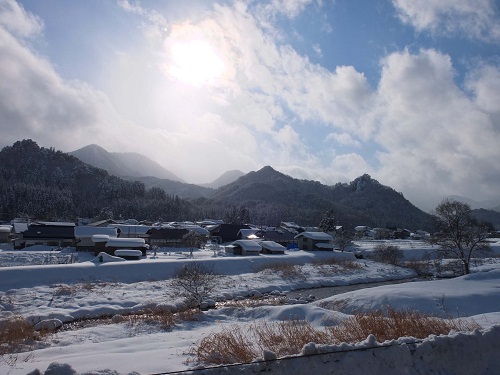
Minami-Aizu
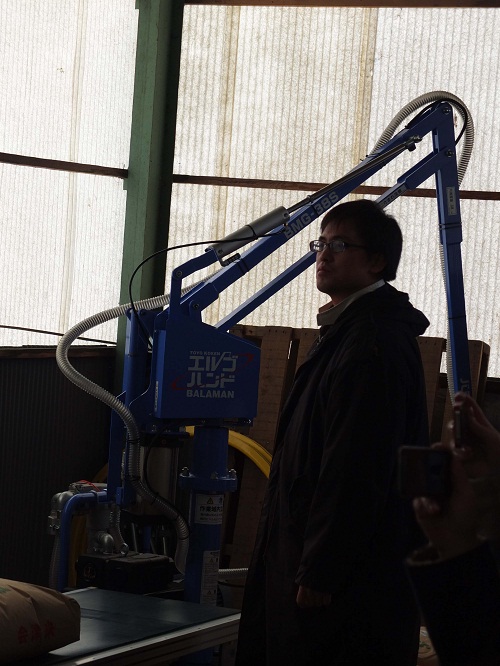
Rice radiation inspection
We attended a presentation by the mayor of Minami-Aizu who welcomed us very warmly. I can clearly remember his words, “The weather here is cold, but the hearts of the people are warm”. The radiation levels in the area were very low, lower than some cities from around the world. The Kizuna group were shown different steps the area was taking in order to dispel the rumours. This included rice inspection, removing top soil and stripping bark off trees to reduce any contamination that may occur.

At Tajima Junior High
After the inflow of all this information, we attended a visit and exchange with Minami Aizu Tajima Junior High, learning the art of origami and shodo (calligraphy). It was a very fun experience with the students. What moved me however, were not these small activities but when the students sang for us. They are a school well known for their chorus abilities and after hearing their school song, I was amazed by their talent. It was a truly enriching moment and at this point, I was glad to have participated in this programme.
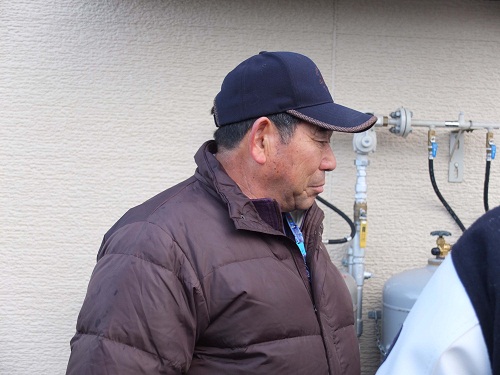
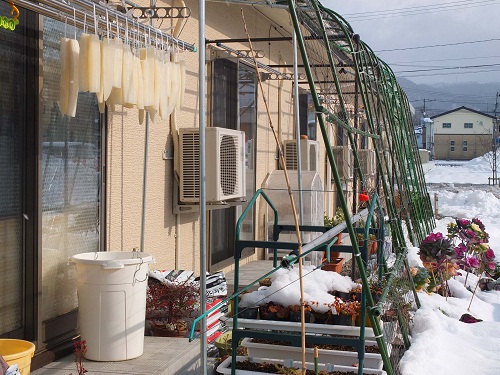
The Mayor of Okuma-machi and the temporary housing
On our final day in Fukushima, we visited the temporary housing for the Okuma-machi residents. The mayor of this town met us outside in the cold, smiling. There, he related his experience and what his town went through during the evacuation (moving 2 times) before they were placed in the temporary housing. As these houses were only built to last 3-5 years, the residents are required to try to obtain a semblance of their old lives by then. Walking through the housing area, it was very small. We only witnessed one of the citizens living in this area. Even after all the hardships she had been through, she was smiling and waving to us. All I could do was smile, wave and bow to show my respect and support.
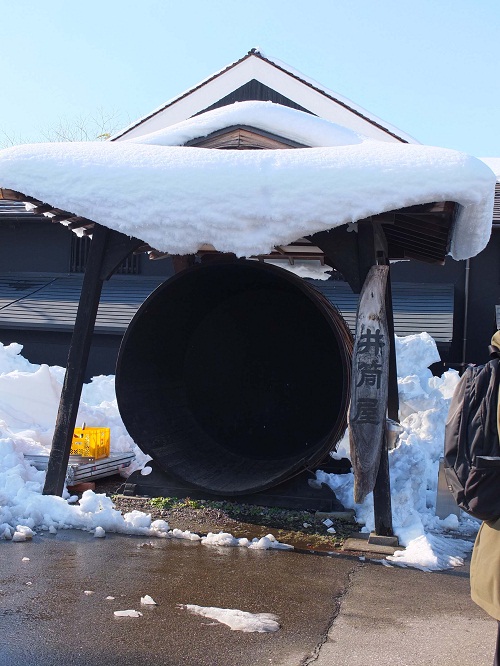
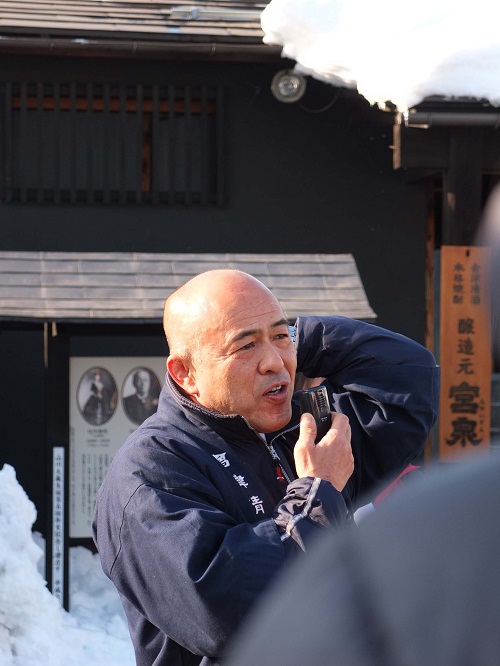
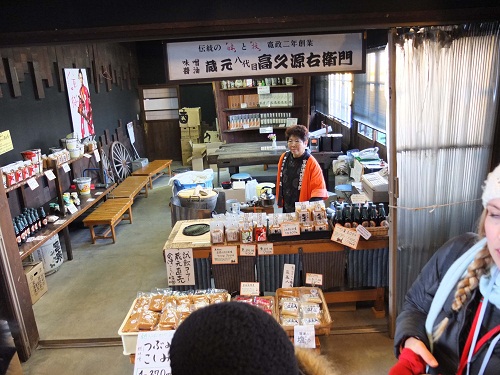
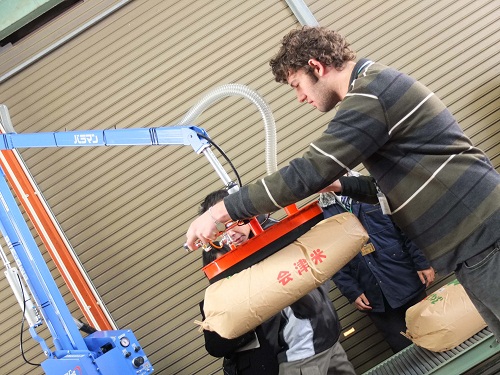
Aizu Sake Brewing Museum
The programme contrasted the beauty of Japan and its struggles. Later on, we moved to the Aizu Sake Brewing Museum, another business who was affected by the false radiation rumours as it was 97km from the power plant, only 3km difference to be deemed “safe” by the government.
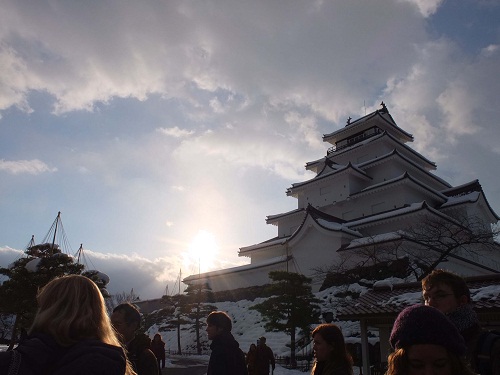
Tsurugajo Castle
This was followed by a visit to the Tsurugajo Castle, a picturesque place. The walls were all white like the snow.This concluded our visit to Minami Aizu area, it was a brief 4 days, however we experienced many things and met many people.
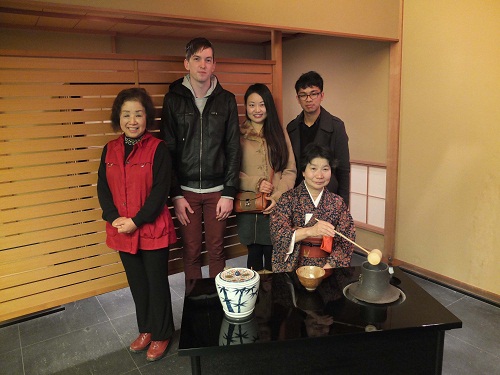
Programme participants and homestay family
Through our homestay and visit to Aichi University, the misconceptions of people were made more obvious when we moved into the Aichi prefecture. I was asked by a few people whether I was scared to be in the area and if it was “safe”. This demonstrated that the information mass media provided had affected the views of the area in Fukushima Prefecture. This reinforced our purpose to help dispel these rumours and help bring people back to this area.
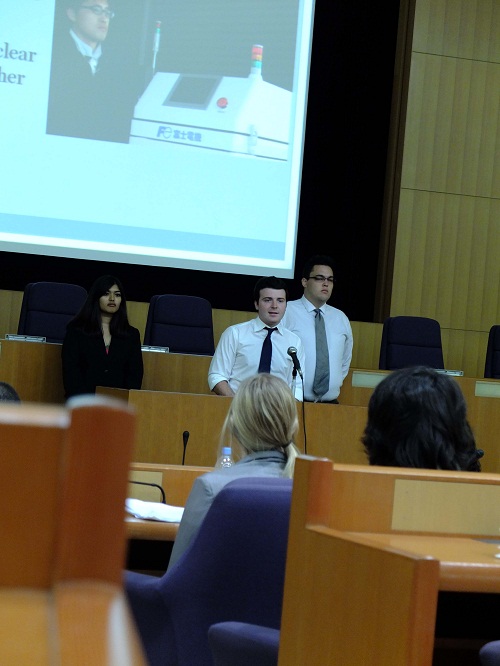
Presenting our findings
This concludes our brief 10 day trip to Japan, we have presented our findings to the Ministry of Foreign Affairs in Japan and my friends and I on this programme have begun our task to spread the word and hope that readers too will help do their part and support Japan and its community. It was an experience I will never forget.
Thank you.
Brett Ong.




